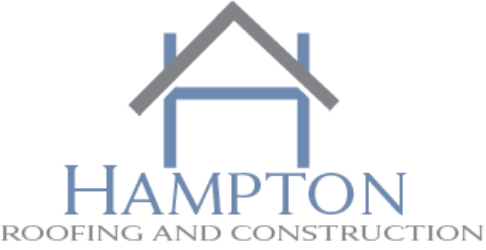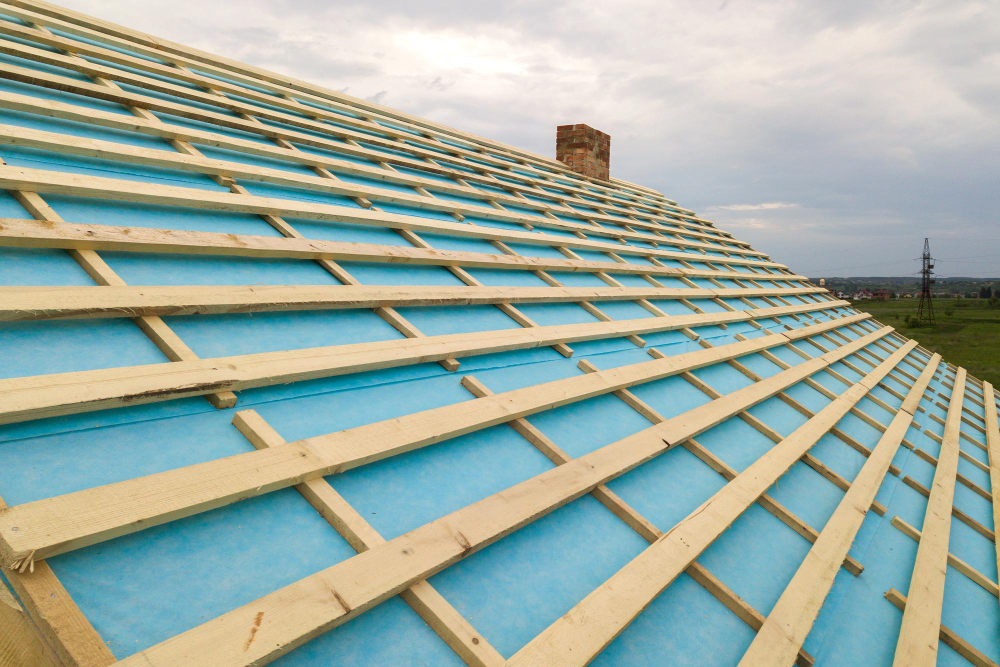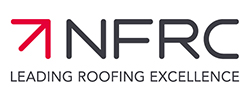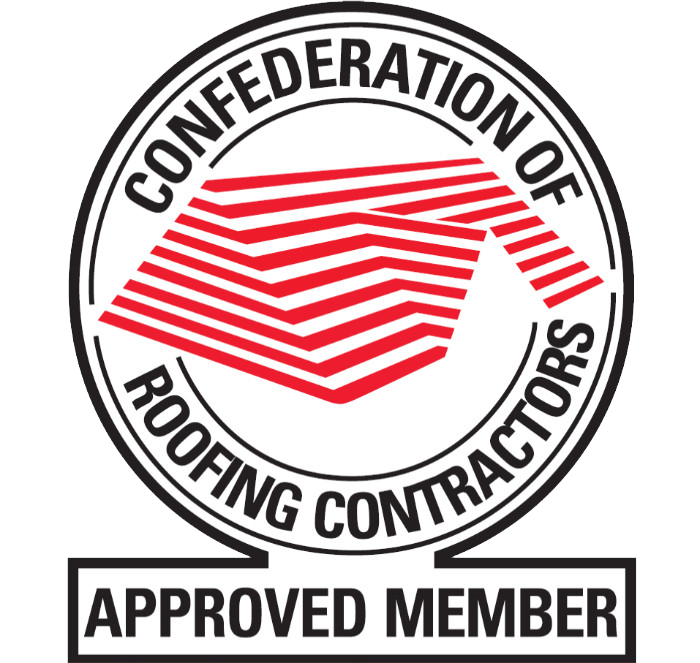Roofing trusses are an essential component of a building’s structure, providing support and stability to the roof. They are used in a variety of applications, including residential, commercial, and industrial buildings. There are many different types of roofing trusses, each with its advantages and disadvantages.
In this article, we will discuss the different types of roofing trusses and their advantages and disadvantages. We will also provide some tips on how to choose the right roofing truss for your roof truss installation project.
What is a roofing truss?
A roofing truss is a structural frame that supports the roof. It is made up of rafters, which are horizontal beams that support the weight of the roof, and joists, which are vertical beams that provide stability. The trusses are connected with metal plates or brackets, and they are often made of wood, although steel and aluminium are also used.
Different Types of Roofing Trusses
There are four main types of roofing trusses: timber trussed roofs, raised tie trusses, premade roofs, and king trusses. Each type has its advantages and disadvantages, so choosing the right one for your project is important.
Timber trussed roofs are the most classic and traditional type of roofing truss and are constructed out of wooden beams that are connected and braced to create a strong and stable roof.
Raised tie trusses are similar to timber trusses but are constructed with metal ties that are raised above the roof line to create a more aesthetically pleasing look.
Premade roofs are pre-manufactured roof trusses that are ready to be installed and can come in a variety of styles, sizes and designs.
King trusses are the most complex type of roofing truss and are constructed by connecting two or more triangular trusses to create a large, sturdy roof.
There are many trusses roofs for you to choose from for your roof repairs or installation. All of them provide a strong, durable and long-lasting roof that will stand the test of time.

Advantages and Disadvantages of Roofing Trusses
There are a variety of different types of roofing trusses to choose from when constructing a building, each with its own set of advantages and disadvantages.
Timber-trussed roofs are the most popular option as they are relatively inexpensive and easy to install. They provide a strong structure with good insulation. However, they can be more prone to rot and require regular maintenance.
Raised tie trusses are more expensive than timber trussed roofs, but they provide better insulation and are more durable. They can be more difficult to install and require a specialist for the job.
Premade roofs are the most convenient option as they are ready to go straight out of the box and require minimal effort to install. However, they are not as strong as other trusses and can be more prone to damage.
King trusses are the strongest type of truss available and provide excellent insulation and durability. However, they are the most expensive option and require a skilled contractor to install them correctly.
Also Read: What is TPO Roofing and Why Should You Care?
Overall, there is no one-size-fits-all solution when it comes to roof trusses and choosing the right type will depend on the specific needs of the building and the budget of the project.
How to Choose the Right Roofing Truss?
When choosing the right roofing truss for your home, it is important to consider the following factors:
- The climate: The climate in your area will play a big role in determining which type of roofing truss is right for you. If you live in an area with severe weather conditions, you’ll need to choose a truss that can withstand the elements.
- The size of your home: The size of your home will also affect which type of roofing truss is right for you. If you have a large home, you’ll need a truss that can support the weight of the roof.
- Your budget: Roofing trusses can vary widely in price, so it’s important to find one that fits within your budget. Get quotes from several different companies before making a final decision.
Conclusion
When it comes to roof trusses, choosing a qualified roofing contractor is important. This is because installing or replacing roof trusses is a complex job that requires expertise and experience. When choosing a roofing contractor, there are many things to consider, such as their qualifications, experience, and reputation. Make sure to do your research and ask around for recommendations before making your final decision.
If you are looking for high-quality roofers In Hampton, then look no further than Hampton Roofing. We provide a wide range of affordable roofing services and quality roofing components. Our experienced and trained professionals are experts in all aspects of roofing, from repair and maintenance to installation and replacement. No matter whether you need emergency roof repairs or roof installation, we are confident that we can provide a solution that will exceed your expectations. Contact us today to learn more about our services or to schedule a free consultation.
Disclaimer- The information provided in this content is just for educational purposes and is written by a professional writer. Consult us to learn more about roofing trusses








